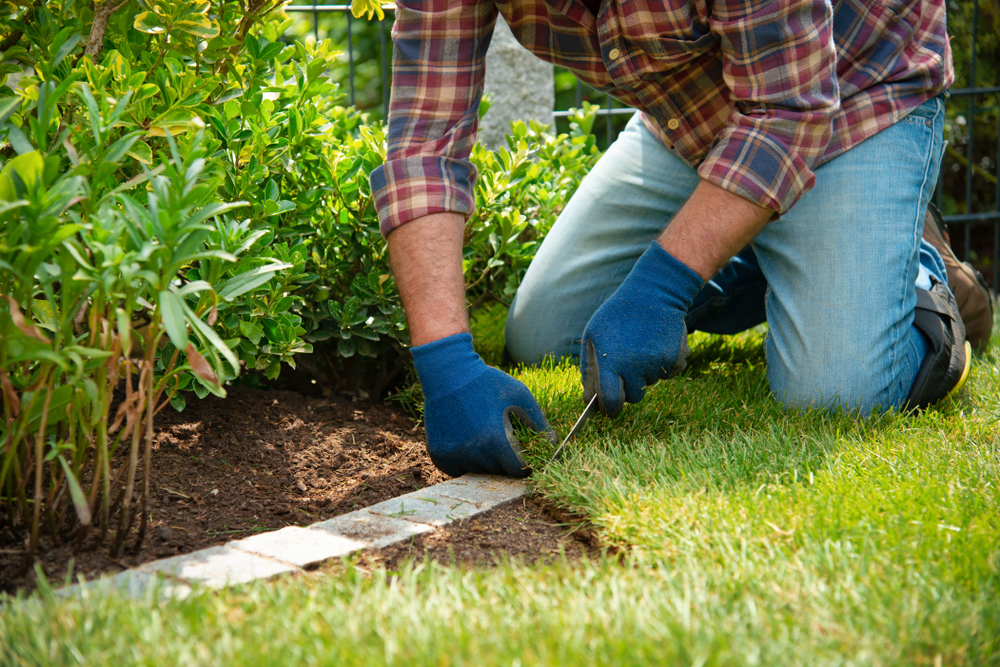Preparing For Turf
September is the ideal time to get turf laid in your garden. Whether it is a full turfing from scratch or a returf where parts of your grass aren’t doing so well. This means that August is the perfect time to start preparing your garden and to get booked in with the team here at Abingdon’s if you want us to help get the job done.
New Lawn
There are many reasons why you might be requiring a new lawn. From having a new build house, digging up an old patio to extend your lawn, knocking down old outbuildings, or even just looking for a completely fresh lawn to replace your old yellowing lawn.
New lawns are the much-preferred option to returfing sections. This is primarily as it means that your grass will be consistent throughout the lawn and not change in parts where there are different grass types. It will also allow you to have the lawn that you want, whether this be a shaped lawn, one that fills the whole space, or even a tough grass lawn (great for kids and pets).
Returfing
As we have mentioned, returfing can leave you with sections that are a different type of grass and may take many years to blend in. Providing you are aware of this, returfing is a great, quick and easy way to fill in sections of your lawn that have gone bald, or to add sections to your lawn. Without having to wait for seeds to take and grow through.
If you have sections of your lawn that are more mud than grass, you can cut into these sections to insert your new turf, to help the immediate appearance.
How To Prepare
When it comes to turfing your lawn, you want to ensure that you start to prep your ground before doing any measurements. This will be to ensure that the area isn’t much bigger or smaller once you have prepped your ground. There’s nothing worse than running out of turf.
If you need to cut out a section of your lawn, this will be the first thing you will need to do. The ground underneath will then need to be loosened up. You can do this by cultivating the ground to around 100mm deep. Ideally, this will be done when the ground is dry, however, we appreciate that this isn’t always possible in the UK. Add fertiliser to the ground at this stage to offer some extra feed to your new lawn. Then rake the area to ensure the ground is as even as possible.
Next, you will need to determine how much turf you will need. If you are calling us in to help, we can do all the measurements and guide you with how much you will need. You can follow these simple steps:
Measure the width of the space in several places, followed by the length again in several places. Work out the width of the turf you are purchasing, and how many widths you will need to fill your space. Then work out how far the one length will go, and how many widths you can get out of one length (if more than one). Remember to add some extra lengths to ensure that you have sufficient to fill the space, typically 5%.
There are a number of online turf calculators that can make easy work of the measurements. Or most garden centres will be happy to work this out for you.
Finally, before your turf is laid, ideally a day or two, ensure that you sufficiently water the area. This will usually make the area look a little boggy or muddy but will help the new turf to root in and have plenty to drink as it latches in.
Laying turf is as easy as 1-2-3 for many people. Others simply find that they cannot get their turf to embed, and therefore grow. Or you may not have the time to do it yourself. Here at Abingdons, we are always happy to help. So if you need some assistance with your turf, please get in touch with us today to ensure that you can get booked in for the ideal time of year. Remember to check back to our blogs for a range of great ideas and information.

